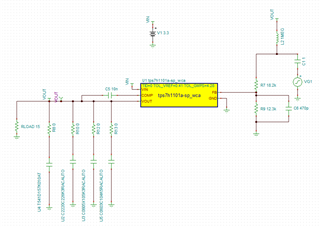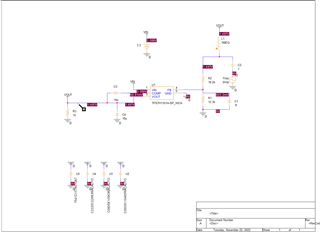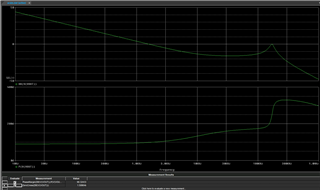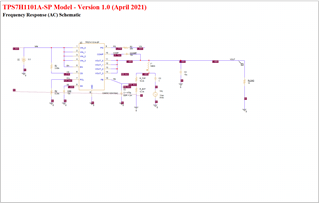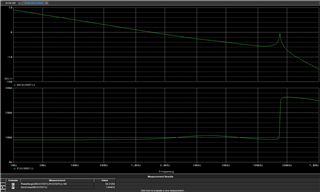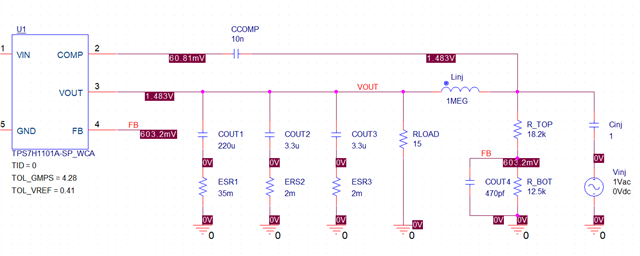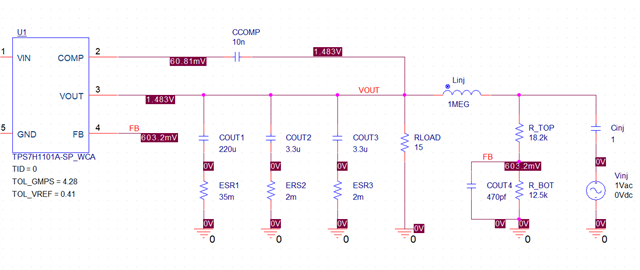Other Parts Discussed in Thread: TINA-TI
Hi,
I have a TINA-TI simulation using the TPS7H1101 Transient model, and I'm getting unacceptable ringing in the transient response unless I deviate from TI's COMP capacitor value of 10nF. Wanting to understand that better, I then simulated the same configuration with the WCA model to check the open-loop Bode plot, and was surprised to find I got great phase margin with the 10nF capacitor! Can you help me understand this mismatch in behavior? Is it a mistake in my setup or a difference in the models? Screenshots below.
Transient Model Ringing (with 50->100 mA step load):
With the 10nF CCOMP. Ringing implies phase margin <<30 degrees.
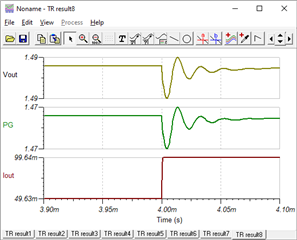
WCA Model Bode Plot (with RL of 100 mA):
Also with the 10 nF CCOMP. Very high phase margin! Hope this one is correct Although the crossover frequency looks very low to me.
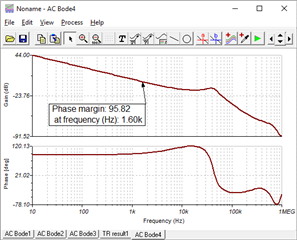
Transient Sim:
(Note the output capacitors are vendor models representative of what we're planning on using)

Bode Plot Sim:
VG1 is a cosine with 1V amplitude/0 phase.
